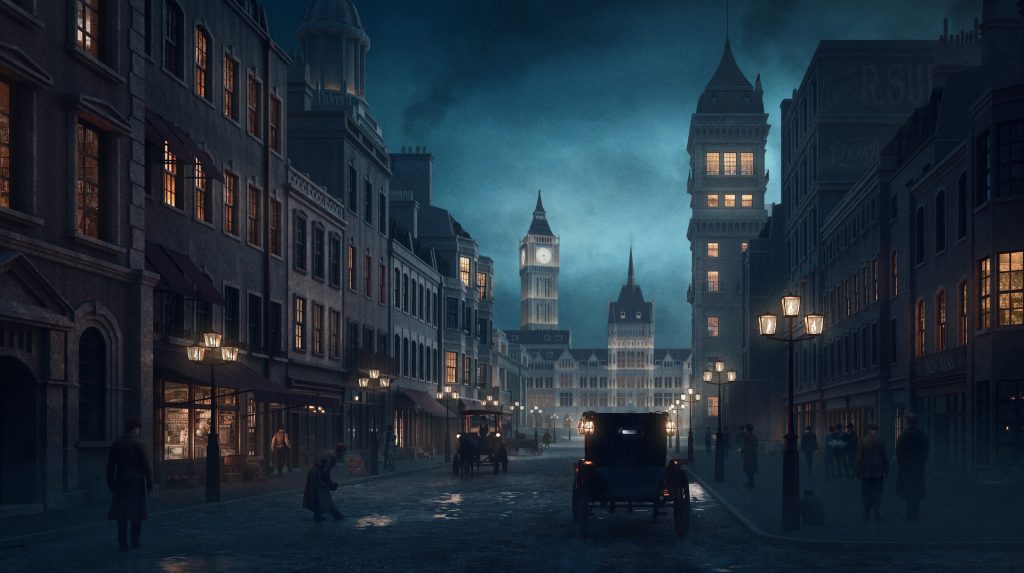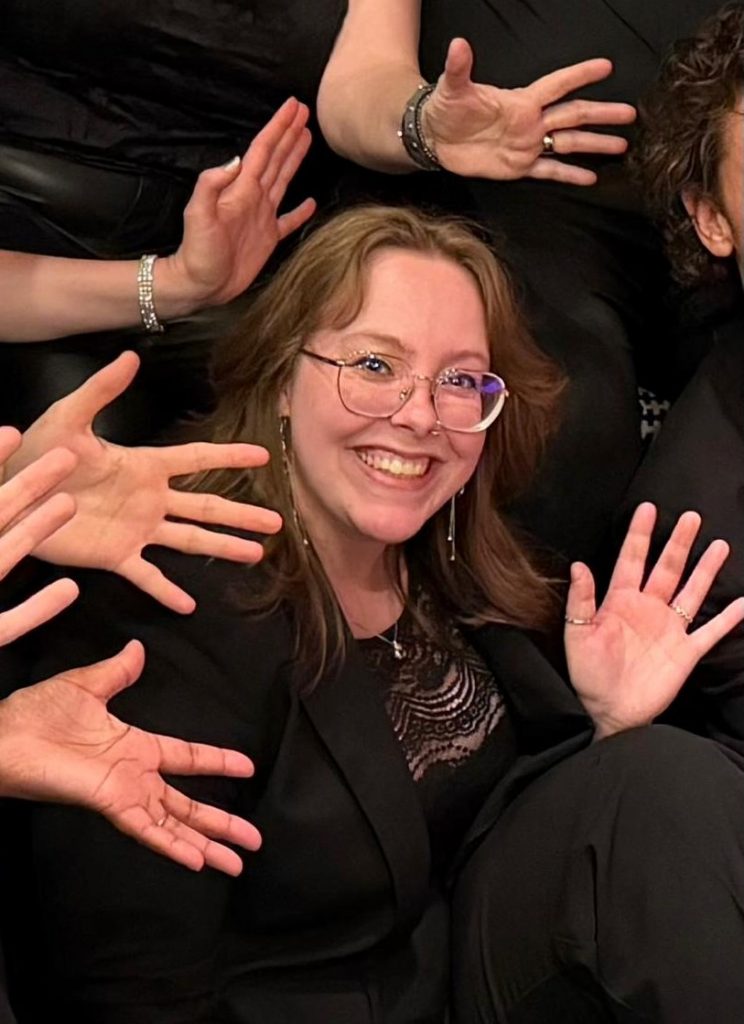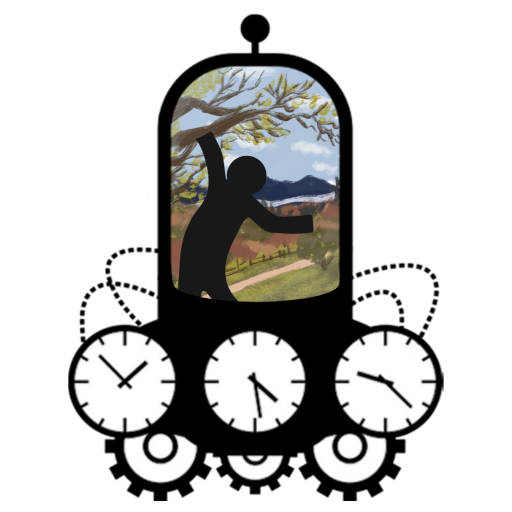The fog curls low over the streets, swallowing the lights. The candles flicker and all eyes shift to the lifeless body sprawled across the floor. In a murder mystery role-playing game, you don’t just watch the mystery unfold — you live inside it. Every room holds a story, every character a motive. It is up to the players to uncover what really happened… before it happens again.

Hi there! I’m Iris, and over the next 4 months I will carry out my research internship at VALUE Foundation. However, as you probably noticed from this introduction, it will not just be research. Besides writing an academic article, I will dive into the tumultuous process of creating my very own TTRPG module.
This blog is where I will take you along for the ride: from research to brainstorming, confused Googling to late-night design decisions, all the way to the finished prototype. Whether you’re a seasoned TTRPG player, or never heard of the term but are just curious to read how I went from “I like murder mysteries” to “let’s make a whole game about it,” you’re in the right place!
The Lightbulb Moment
When I started shaping the idea for this internship, I knew I wanted it to be creative, yet grounded in my literary background. I have always been fascinated by narratology and started using (horror) video games as case studies, specifically examining the multimodality of games – how narratives emerge through sound, visuals, space, and interaction. For my internship project, I wanted to experiment with this using a mystery story. But not in a full video game: I have just five months (and I like my sanity). My thoughts immediately went to tabletop role-playing games (TTRPGs): collaborative storytelling games in which players role-play characters in a fictional setting.
I have played Dungeons & Dragons and have seen quite some TTRPG content (love you Brennan), but the idea of creating a high fantasy story full of lore dumps, spell lists, and big fights? My brain could not deal with that. However, the collaboration and storytelling of TTRPGs? The flexibility of scene-setting and genre for a mystery story? My brain can deal with that (hopefully)! So, the question formed: Can I create a compelling TTRPG module without any experience of story- or module-making? We’re going to find out!
Step One: Research Mode
I started where any other semi-confused, overly ambitious person would: an ungodly amount of browser tabs. I watched YouTube videos (see below), read blog posts, GM guides (GM is a game master, the person who ‘leads’ the story), Reddit threads written by passionate strangers who absolutely know way more than me… I got a bit overwhelmed (surprise), so I tried to gather my thoughts, knowing I could not do this from scratch.
Instead, I have to work with what I do know: narratives! I started brainstorming: what kinds of mystery narratives work well with collaboration? What narrative tools from horror games could translate to TTRPGs? Spoiler alert: I have a lot of thoughts on this, but you will hear all about this later!
Brain Soup: From Vibes to Plans
At this point, I had a document full of nonsense – character archetypes, genre tropes, and weird setting ideas. It was messy, but it was something. Once I established the ‘vibe’, I understood what my goals and wishes were. First, I wanted to create a story that fit my genre (mystery or horror) and I needed to find a fitting game system. The game system is the set of rules and guidelines that provide the framework for the game, so it is essential to find the one that fits your wishes. I also wanted to experiment with different narrative modes (e.g. music, physical handouts, descriptions of locations etc.) without overdoing it. With this in mind, I made a plan – a real plan, not just vibes:
- Dive into existing mystery TTRPG modules and systems
- Pick a system that fits my scope and skills
- Develop a story concept and outline
- Establish the setting and characters
- … and the rest (i.e. design the entire module)
I closed a few (dozen) tabs and started reading about existing mystery modules. After much confusion, Reddit-diving and some internal screaming, I chose a system: the GUMSHOE system! But how does it work and why is this the perfect fit for my story? That I will not reveal just yet… where is the suspense in that? (See, I’m already learning to be a mystery-telling GM!)
In the next post, I will introduce the story concept and the GUMSHOE system, and explain why these are the right fit for my project. Until then, thanks for reading, and may your candles stay lit and your suspects cooperative!

Iris van der List is a Research Master student of Literary Studies at Radboud University and an intern of the VALUE Foundation. She loves examining how narratives come alive in different media and is currently investigating narrative horror games. Iris is a self-proclaimed console gamer girly and loves a wide range of narrative-rich and immersive games. But despite the release of amazing new games, she always seems to find her way back into a Skyrim rabbit hole (sorry). If you would like to contact her, you can message her via LinkedIn!






